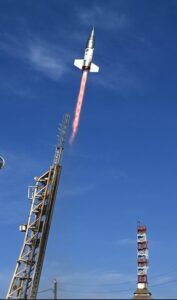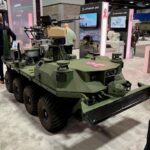
X-Bow Systems, the first new entrant in decades into the U.S. solid rocket motor business, is expecting to ramp up on one or more programs in the coming six to 12 months with an aim to garner a small but meaningful chunk of market share in five years, says the co-founder and chief of the rocket company. X-Bow was founded in 2016 but only came out of stealth mode this spring with the backing of several venture capital firms and…

 By
By 











